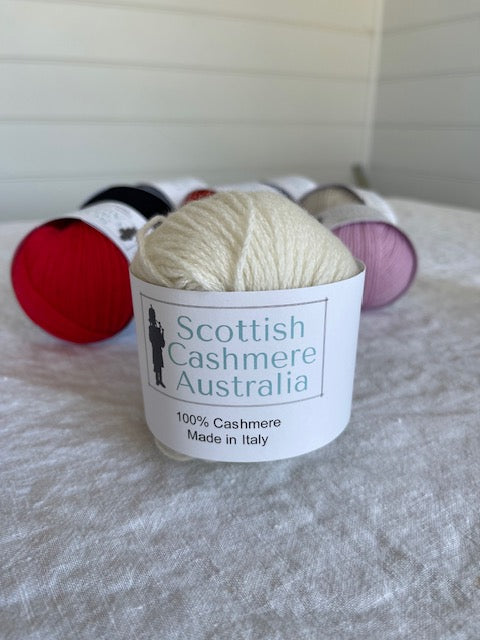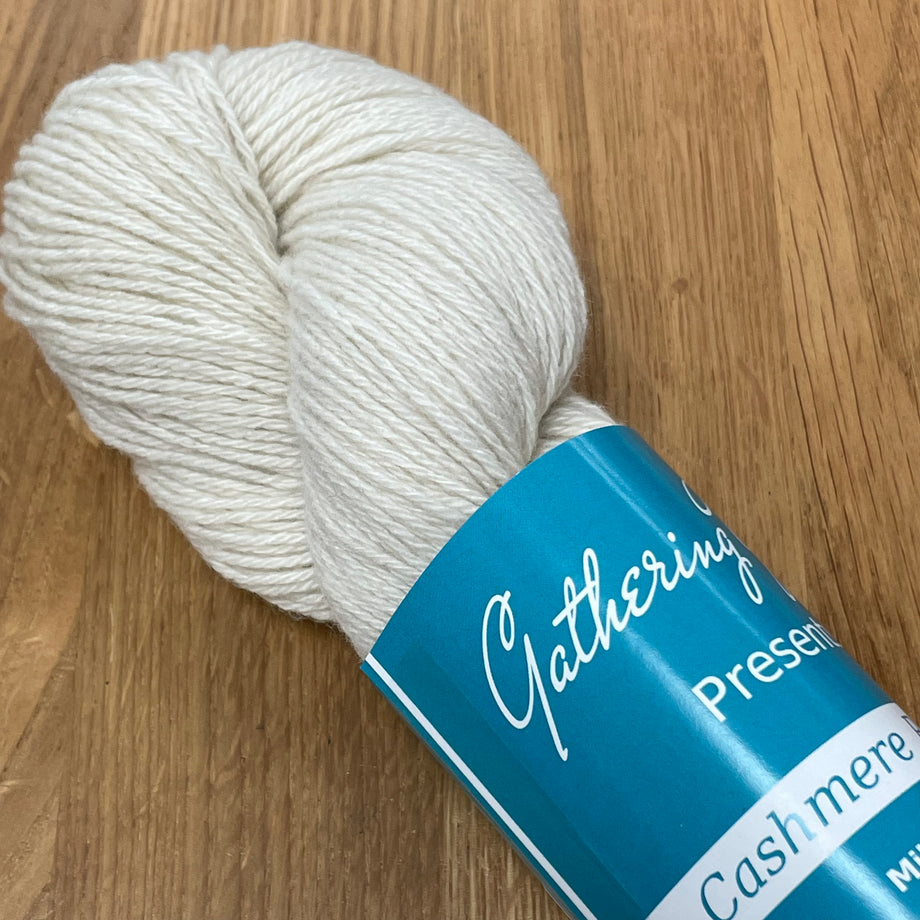Unveiling the Mysteries of cashmere and Its Timeless Appeal in Style
Unveiling the Mysteries of cashmere and Its Timeless Appeal in Style
Blog Article
Recognizing the Different Kinds Of Cashmere a Natural Fiber and Their Unique Advantages

The Origins of Cashmere: A Historical Review
While the extravagant touch of cashmere proceeds to appeal modern customers, its beginnings trace back to the severe, cold environments of Mongolia and the Mountain ranges. For centuries, the native individuals of these regions have been raising Capra Hircus goats, the prime source of cashmere woollen. These goats, resistant versus the severe winter seasons, expanded a great undercoat to survive, which later came to be recognized as cashmere.

The Production Refine: From Goat to Garment
Shearing a Capra Hircus goat marks the beginning of the detailed cashmere manufacturing process. This fragile treatment usually takes place yearly during spring. The fine, soft undercoat is after that divided from the coarser outer hair, a procedure called dehairing. The resultant raw cashmere is then cleaned to remove contaminations such as vegetable, dirt, and oil issue.
The tidy fiber is subjected to coloring, rotating, and weaving, or knitting, to change it into a textile. Complicated treatments like top quality control checks and completing procedures adhere to, making sure the end product maintains the glamorous criterion expected of cashmere. This meticulous procedure, from goat to garment, validates the high price attached to cashmere items, making them an icon of luxury and refinement.
The Various Kinds Of Cashmere: An In-depth Analysis

The Unique Advantages of Cashmere: Convenience and Sustainability
Relocating from the range of cashmere kinds to the advantages they offer, comfort and sustainability stand out plainly. Cashmere, a natural fiber, is renowned for its unparalleled softness, giving a degree of convenience that synthetic fibers can not match.
When it additional hints involves sustainability, cashmere is sustainable and eco-friendly, as it's collected from cashmere goats who regrow their layers each year. what is cashmere. Unlike artificial fibers which can take hundreds of years to break down, cashmere's effect on the environment is very little. This combination of convenience and sustainability makes cashmere a helpful choice for mindful customers

Taking Care Of Your Cashmere: Maintenance and Conservation Tips
While cashmere is definitely a useful source sustainable and elegant option, it needs certain care to preserve its top quality and extend its life expectancy. To start, cashmere should be hand washed making use of cool water and a moderate detergent. Cashmere things should be kept in a dry and great area, away from direct sunlight and dampness.
Buying Cashmere: Comprehending Its Value and Well Worth
Although cashmere may originally look like an expensive investment, its lasting value and worth ended up being obvious when you consider its impressive top qualities. Known for its unequaled soft qualities and warmth, cashmere is a premium natural fiber that surpasses other products. Its high demand and minimal supply add to its high price, however its resilience ensures it lasts for years, supplying exceptional value for money. Cashmere pieces are ageless, typically ending up being treasures passed down via generations. what is cashmere. In addition, its natural insulating residential or commercial properties provide warmth without the mass of artificial fibers. Spending in cashmere, for that reason, is not just concerning current Web Site style patterns, however concerning embracing a sustainable, lasting, and luxurious way of living.
Conclusion
In recap, the kind of cashmere one picks, be it Mongolian, Chinese, or Italian, is determined by specific preferences for heat, luxury, sustainability, and budget plan. Comprehending the beginnings, production procedure, and one-of-a-kind benefits of various types of cashmere can assist customers in their financial investment in this glamorous all-natural fiber.
Whether it's the phenomenal heat of Mongolian cashmere, the price of Chinese cashmere, or the eco-conscious production of Italian cashmere, there's a story to be found behind each fiber type. Cashmere, a natural fiber, is renowned for its unrivaled gentleness, supplying a degree of convenience that artificial fibers can not match.When it comes to sustainability, cashmere is biodegradable and eco-friendly, as it's gathered from cashmere goats who regrow their coats annually. Recognized for its unequaled softness and heat, cashmere is a premium all-natural fiber that outshines various other materials. Understanding the beginnings, manufacturing process, and distinct benefits of different kinds of cashmere can direct consumers in their investment in this glamorous all-natural fiber.
Report this page